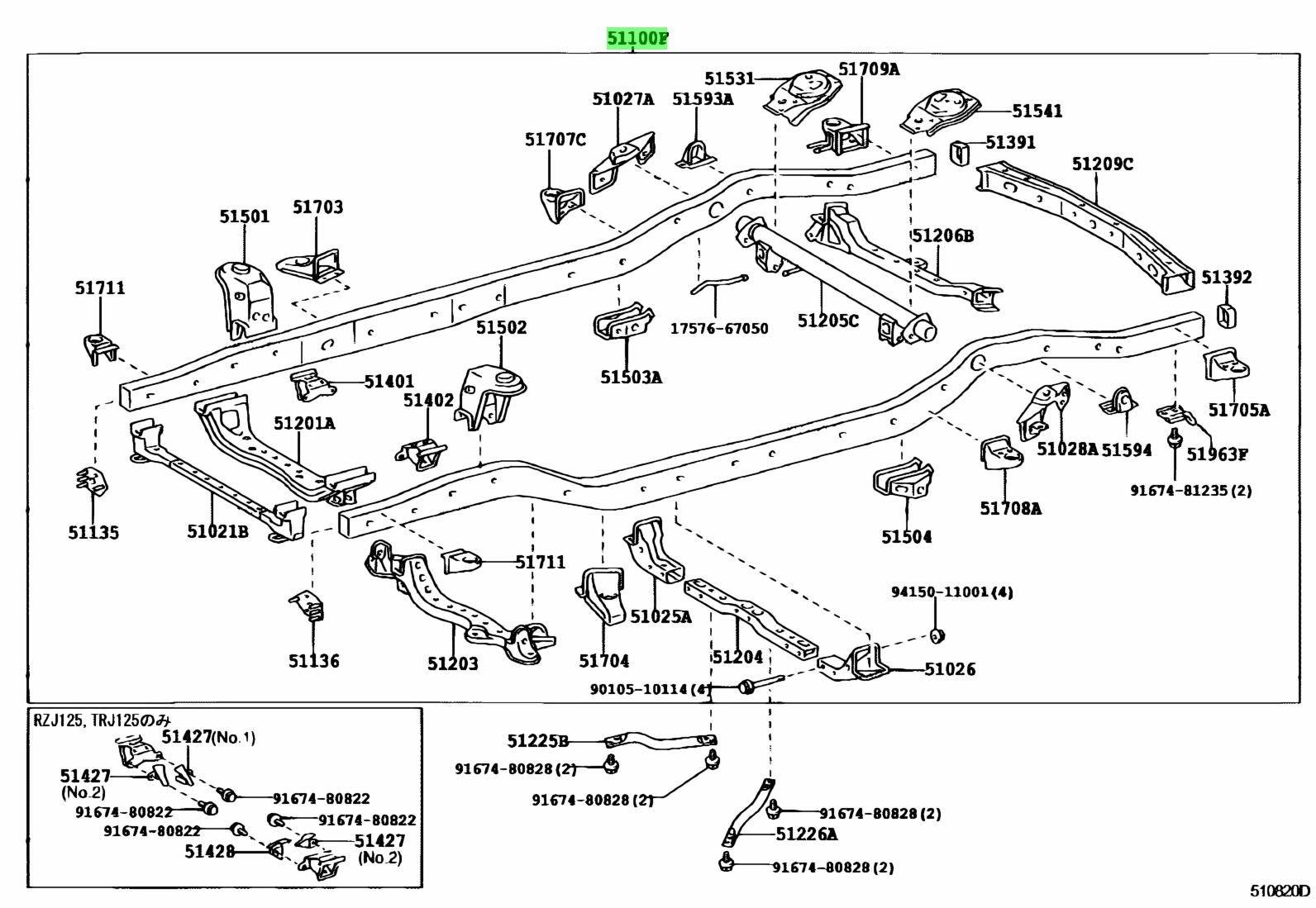MisterCruiser
Well-Known Member
- Joined
- May 28, 2014
- Messages
- 398
- Country Flag
If one was to purchase a Swb 120 series, how big a job is it to remove the body and the drivetrain to get the chasis galvanised?
How many hours approx to remove to get to the bare chasis? Would a weekend do it? Surely 2 weekends would anyway? Assuming the job is being carried out on a 2 post lift. Has anyone here done this, what's easiest method, leave the body on the lift and drop the chasis or leave the chasis on the lift and raise / prop the body up somehow?
The engine can be left in I assume, no need to remove it?
Also, how practical / clever would this be to do? I'm just going by my 90 series which I have 8 yrs, instead of rust-proofing every yr or 2 and repairing chasis and sills as you come across holes, would it be better to galvanise from day of purchase, if you're keeping long-term (forever) which I am. How big a job is it on the 90 series? Same as the 120 I guess. I often wonder would I have been wise to have galvanised my chasis / sills 8yrs ago when I first purchased my 90 series.
Also, with the body off, is there anything that could be done to the sills that would be equally as effective as galvanising so they wouldn't have to be touched again either for a long long time?
With the chasis removed, is it possible to get the inside of the chasis box sections extremely clean and free of loose rust in order for the inside to be galvanised properly? Will any difficult hard to reach sections of the chasis interior compromise the effectiveness of the overall galvanising or will it still be a decent job regards it;s inside? Or are you better to buy a brand new chasis which would have no dirt on the inside and get that galvanised? What ball-park figure is a new 120 swb chasis?
How long will a galvanised chasis in this method realistically last before having to weld it, 10yrs? 15yrs? etc..
I'll be buying a 120 at some stage in the near future and am just looking into this galvanising option, I can do all the work myself and a mate so I'm just trying to get an idea of the time it takes? Then just the price of getting the chasis galvanised.
How many hours approx to remove to get to the bare chasis? Would a weekend do it? Surely 2 weekends would anyway? Assuming the job is being carried out on a 2 post lift. Has anyone here done this, what's easiest method, leave the body on the lift and drop the chasis or leave the chasis on the lift and raise / prop the body up somehow?
The engine can be left in I assume, no need to remove it?
Also, how practical / clever would this be to do? I'm just going by my 90 series which I have 8 yrs, instead of rust-proofing every yr or 2 and repairing chasis and sills as you come across holes, would it be better to galvanise from day of purchase, if you're keeping long-term (forever) which I am. How big a job is it on the 90 series? Same as the 120 I guess. I often wonder would I have been wise to have galvanised my chasis / sills 8yrs ago when I first purchased my 90 series.
Also, with the body off, is there anything that could be done to the sills that would be equally as effective as galvanising so they wouldn't have to be touched again either for a long long time?
With the chasis removed, is it possible to get the inside of the chasis box sections extremely clean and free of loose rust in order for the inside to be galvanised properly? Will any difficult hard to reach sections of the chasis interior compromise the effectiveness of the overall galvanising or will it still be a decent job regards it;s inside? Or are you better to buy a brand new chasis which would have no dirt on the inside and get that galvanised? What ball-park figure is a new 120 swb chasis?
How long will a galvanised chasis in this method realistically last before having to weld it, 10yrs? 15yrs? etc..
I'll be buying a 120 at some stage in the near future and am just looking into this galvanising option, I can do all the work myself and a mate so I'm just trying to get an idea of the time it takes? Then just the price of getting the chasis galvanised.











